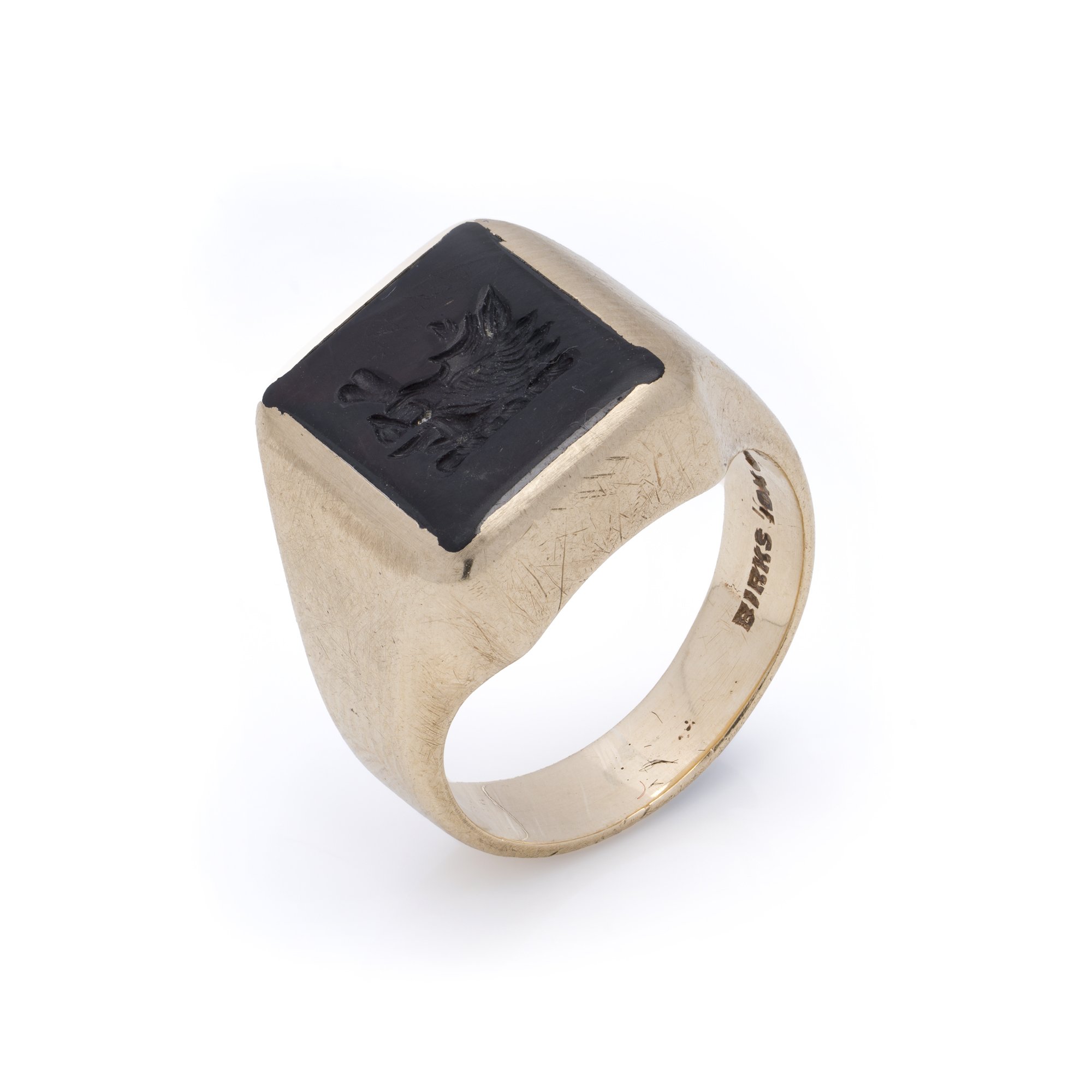What Did the Signet Ring Represent?
The signet ring has long been a powerful symbol throughout history. In ancient times, it represented authority and authenticity. Kings, noblemen, and high-ranking officials would use their rings as a form of identification, pressing the engraved design—typically a family crest or coat of arms—into hot wax to seal important documents. The impression left by the ring served as proof of the document’s legitimacy.
Beyond its practical use, the signet ring was a symbol of social status and family heritage. Wearing one indicated that the individual belonged to a particular lineage or held a position of power. The engravings on the ring were often unique to the family, making it a personal signature that could not easily be forged.
Over time, the signet ring’s role as a practical tool for sealing documents has diminished, but its representation of heritage and status remains. In modern times, people continue to wear signet rings as a way to connect with their past and demonstrate their pride in family history. The ring has transitioned from being purely functional to a symbol of continuity, honouring traditions and preserving one’s identity for future generations.











